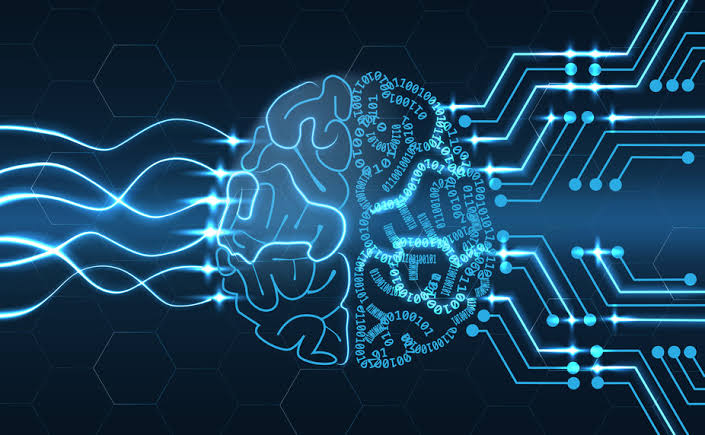As artificial intelligence rapidly transforms the architecture of global power, much of the world’s attention remains fixated on the competition between the United States and China. But that binary framing—though dramatic—is outdated. The real AI race is not a two-horse sprint. It is a complex, multi-layered contest involving values, infrastructure, security, and economic integration. And in this evolving landscape, India is quietly emerging as a critical third force.
Beyond the AGI Obsession
Much of the discourse in Washington and Beijing centers around reaching artificial general intelligence (AGI)—a hypothetical system as intelligent as, or more intelligent than, the best human minds. The U.S. continues to lead in cutting-edge AI research, thanks to the dominance of companies like OpenAI, Google DeepMind, and Anthropic. China, however, is rapidly closing the gap, with companies like DeepSeek and Zhipu AI benefiting from state-directed investments and a top-down strategy to integrate civilian and military AI capabilities.
But the fixation on AGI misses the broader point. The AI contest isn’t just about which nation builds the smartest machine first. It’s about which country can responsibly integrate AI into its economy, society, and governance—without sacrificing ethical safeguards, democratic norms, or social stability. And it is here that India can play a defining role.
The U.S.-China Dichotomy: A Race of Risks
Both the U.S. and China are confronting growing vulnerabilities. The United States’ innovation model is powerful, but fragmented. Private companies lead the charge, often without alignment to national interests. Exporting advanced AI chips to regions like the Middle East may bring short-term gains, but also raises long-term security concerns, especially with regard to model leaks or backdoor access.
China, on the other hand, has the advantage of central coordination. It is deploying AI at scale in factories, surveillance, and military infrastructure. But that same centralization means its AI ecosystem lacks checks and balances. Chinese AI models increasingly reflect—and export—digital authoritarianism, embedding censorship, surveillance, and centralized control into the very code that powers infrastructure across the Global South.
Neither model offers a globally sustainable path.
India: The Unlikely Democratic Counterweight
India is not a frontrunner in foundational AI model development. But that may not matter as much as people think. India’s strength lies in scalable, affordable, and ethically aligned deployment. Its digital public goods—Aadhaar for identity, UPI for payments, CoWIN for health, and now IndiaAI for innovation—show how AI can be used to empower citizens rather than monitor them.
Unlike the U.S., India doesn’t have to rely entirely on private firms to deliver public value. And unlike China, it is building AI ecosystems rooted in democratic accountability. India is investing in compute capacity, open-source models, and regulatory sandboxes to test and deploy AI for education, agriculture, and healthcare. Its policy direction is clear: AI must be inclusive, not extractive.
What India lacks in frontier breakthroughs, it makes up in responsible scaling. And that could be its greatest strength.
A Global South Strategy
The future of AI infrastructure won’t be decided only in Washington or Beijing—it will be shaped in Jakarta, Nairobi, São Paulo, and Dhaka. These emerging economies need affordable compute, open models, and value-aligned partnerships. China is already stepping in with subsidized, closed AI systems wrapped in authoritarian architecture. The U.S., so far, is focused on commercial interests and national security.
India has an opening here. It can become the go-to partner for democratic AI deployment in the Global South. The proposed India-Africa Digital Corridor and India-UAE-Africa tech partnerships reflect this vision. India offers not just technology, but trust.
To succeed, India must now scale its investments in AI infrastructure abroad, help frame international norms around ethical AI, and provide a compelling alternative to China’s AI-for-control model.

The Real Race: Values, Not Just Chips
At its core, the AI race is not just about who owns the most chips or runs the fastest models. It is about the values embedded in those systems—who controls them, who benefits from them, and who is left behind.
If Washington and Beijing race toward domination without guardrails, the world risks an AI future dominated either by profit or power—with little room for democratic balance. India can offer a third model—slow, perhaps, but grounded in pluralism, public interest, and a hard-earned understanding of scale in a messy democracy.
The global AI race is no longer just about superpower rivalry. It is a test of how technology, in the hands of many, can serve humanity—rather than control it. India must seize this moment. Not to outpace the United States or China, but to redefine what it means to lead.



